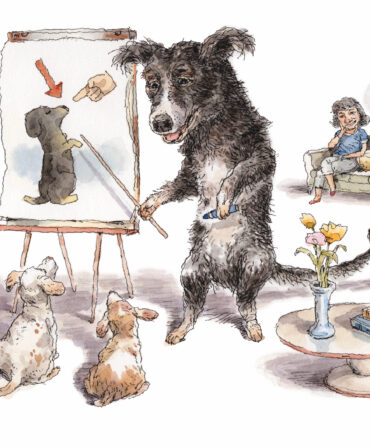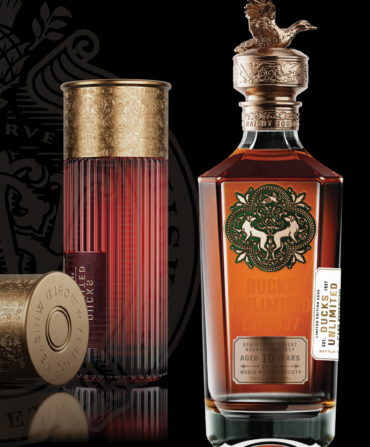The legendary French chef Georges Auguste Escoffier wrote in 1903 that ducks “should be hung unplucked for a few days in an airy place…whereas after proper hanging they are tender, full of flavour and of an incomparable aroma.”

I try not to push my birds on the aroma metric, but I’m all in with Escoffier’s sentiment on the value of aging ducks. Aging game animals—just as in aging beef—allows natural enzymes to break down complex proteins in muscle and connective tissue, turning meat more tender. That aging process also deepens flavors, lending more roastiness and earthiness to duck meat. I’ve aged a host of duck species—woodies, mallards, black ducks, wigeon, teal, even shovelers. They all benefit from a time-out between the field and the freezer or plate. And pairing aged birds with this neat butchering technique that saves nearly the entire carcass with minimal effort (details below) makes them easier to freeze and store as well. This approach radically changed how I handle and cook waterfowl, and it might help elevate your own duck cookery.
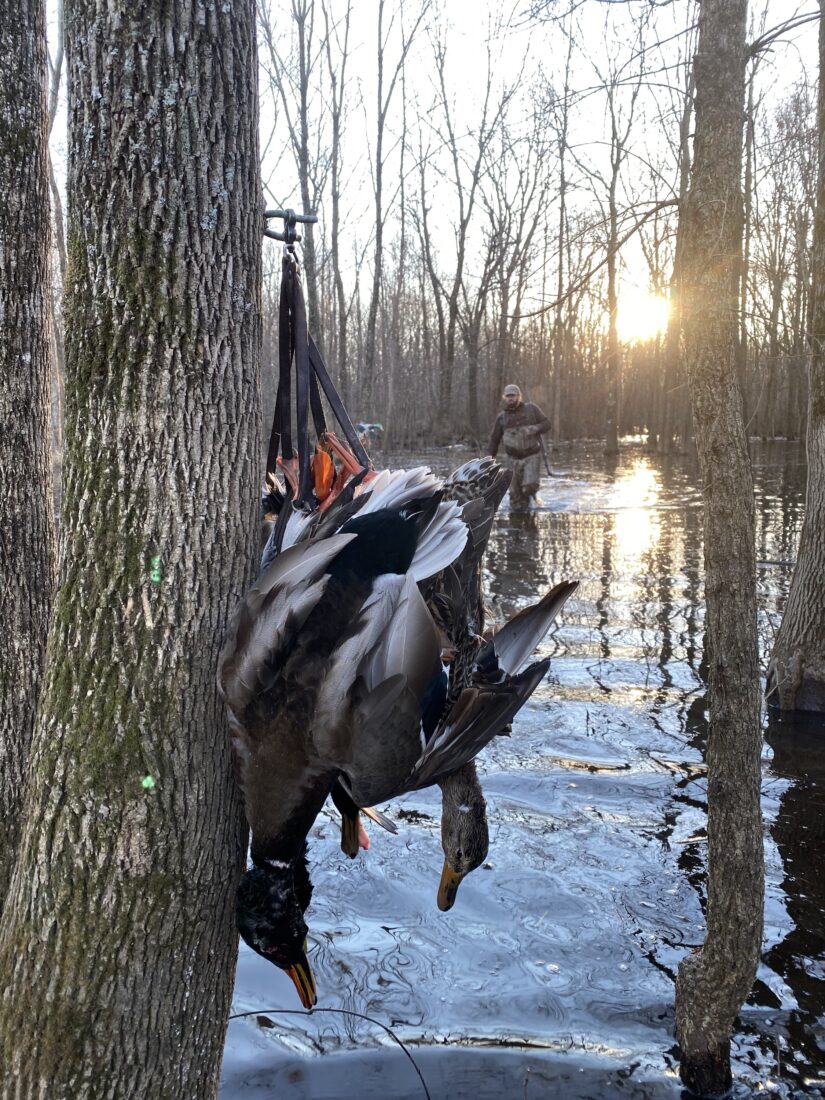
I age my ducks—unplucked and mostly ungutted—in the refrigerator’s vegetable drawer. (This was a surprise many years ago to my mother-in-law, who, in search of a carrot, met a brace of wood ducks instead.) For the most part, I don’t mess with them at all prior to tossing them in. If they’re badly shot up or clearly gut-shot, I’ll remove the entrails first and rinse the body cavity. Otherwise, in they go, straight from the game bag, duckweed- and mud-splattered, for a solid three days and up to five if I’m busy or lazy. If needed, I can separate the game from the grapefruit by placing the ducks in small paper bags, which still lets them breathe during the aging process. But beyond that, no special treatment is needed.
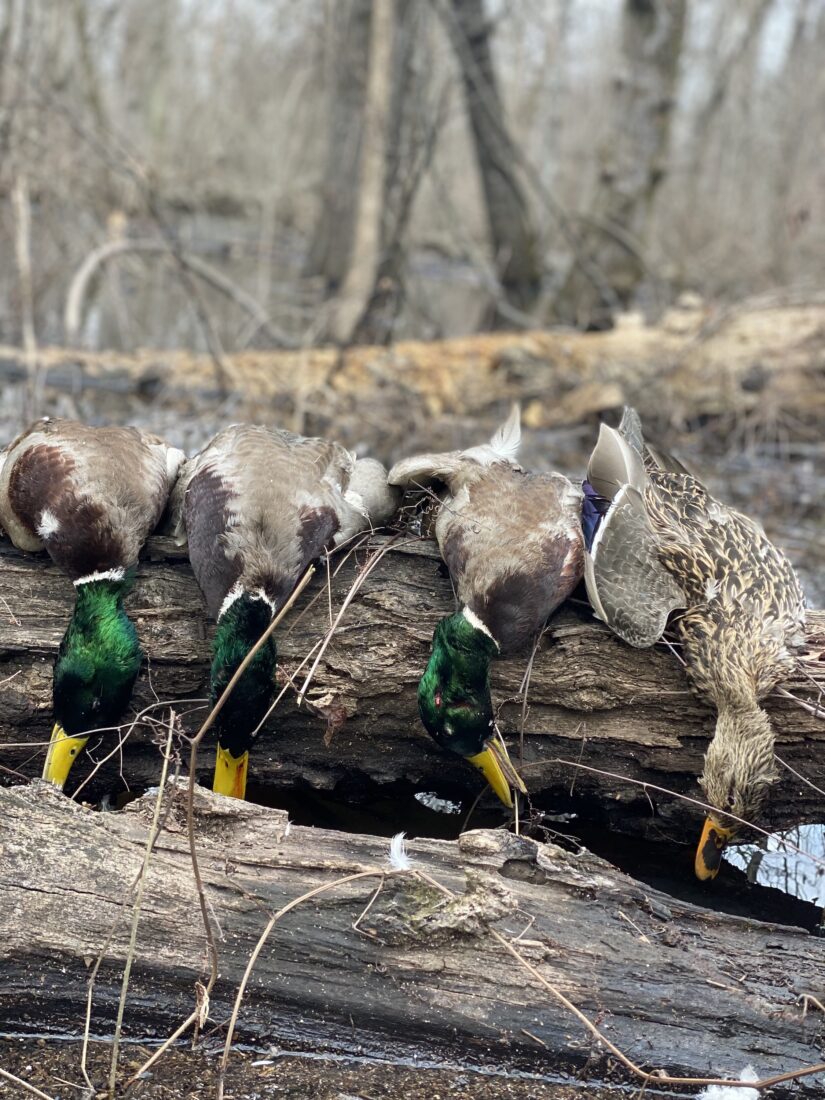
Once they’re aged, it’s time to butcher. This easy process saves nearly all of the edible meat on a bird—and takes less than three minutes to complete. Here’s how I do it:
Pluck the Duck, Sort Of
Pluck only the breast, legs, and thighs of the duck, removing the feathers on each thigh all the way around the back to the backbone. Cut off the wings as close to the body as possible, and the legs at the knee joint. Instead of snipping through the leg bone with kitchen shears—which leaves jagged edges that can puncture a freezer bag—grasp the lower leg with one hand, bend the leg backwards, and quickly slice through the tendons of the knee joint. Nothing to it.
Make the Cut, Part One
You’ll begin by breasting the duck like you’ve probably always done: Run a sharp, short knife blade down one side of the breast’s keel bone, rotating the blade to closely follow the ribs as you fillet the meat from the bone. Then slice along the top of the breast, angling the blade under the clavicle. In the more typical approach, you’d remove the entire breast fillet by cutting through the skin at the base of the fillet. But hold that cut for now.
Make the Cut, Part Two
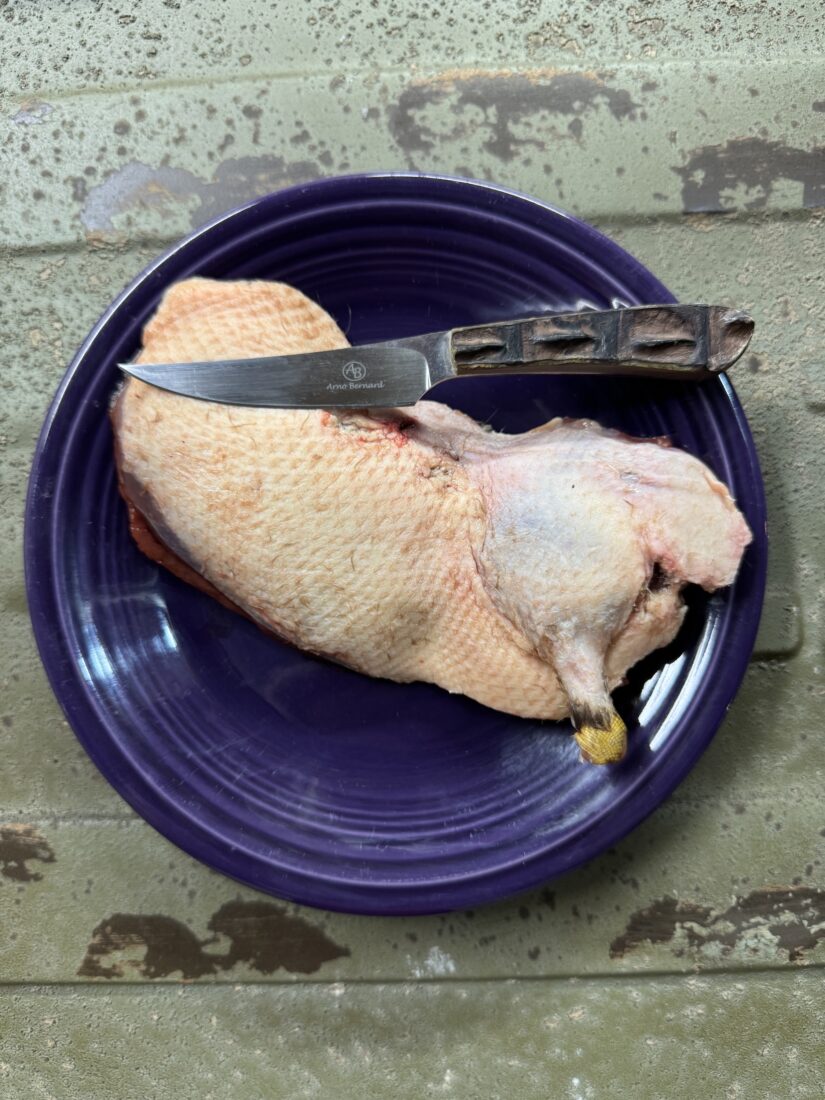
Now, with the breast fillet freed from the bone but still attached to the skin at the back, grasp the thigh bone and twist it upwards to pop the hip joint and expose the ball on the end of the leg bone. Continue the cut through this joint, separating the thigh meat from the duck all the way to the backbone. Now you can slice through the skin at the base of the fillet to free the breast and leg.
Repeat with the other side of the duck, and voila! You have a matched pair of duck halves with breast, leg, and thigh attached. You’ve retained nearly all of the edible meat in a single half-bird that is of similar thickness. In a vacuum bag or zippered freezer bag, it will take up very little room. And on the grill, smoker, or in a sauté pan, the even thickness makes cooking a snap.
Follow T. Edward Nickens on Instagram @enickens and find more Wild South columns here.



